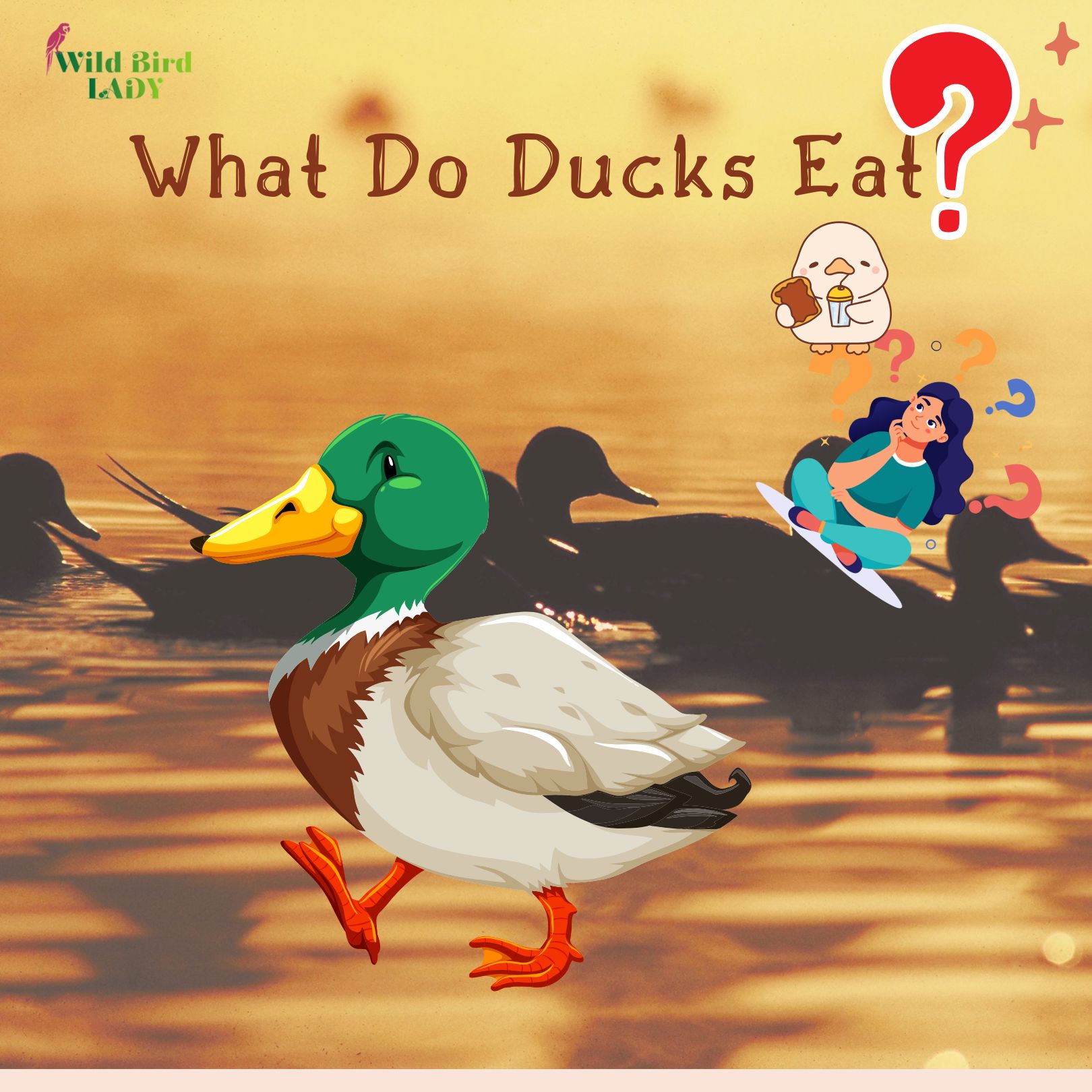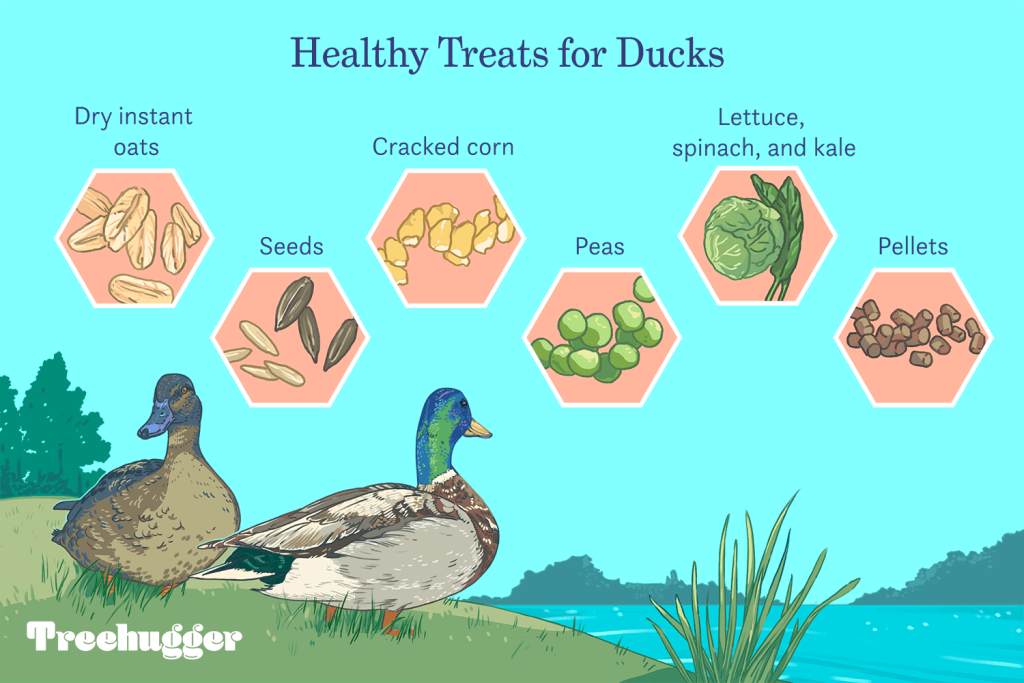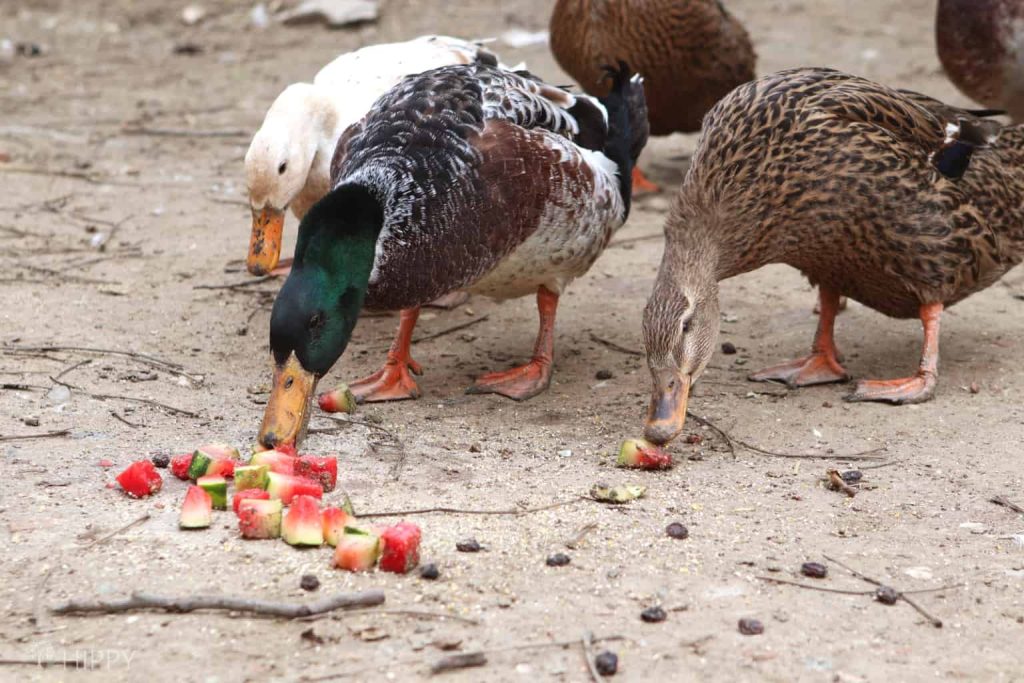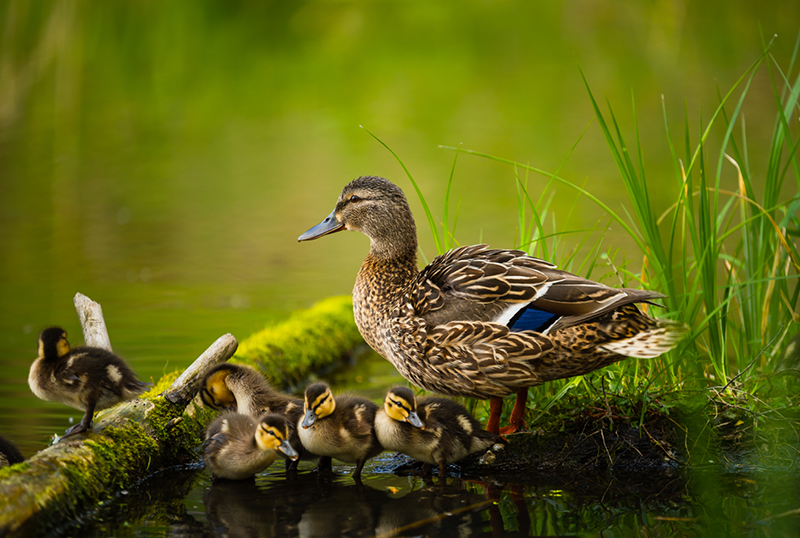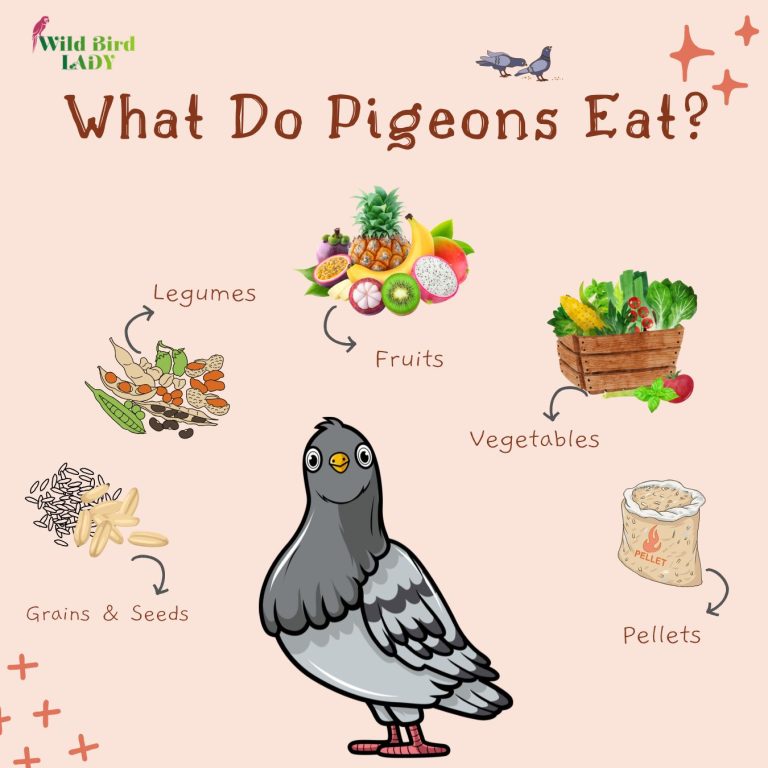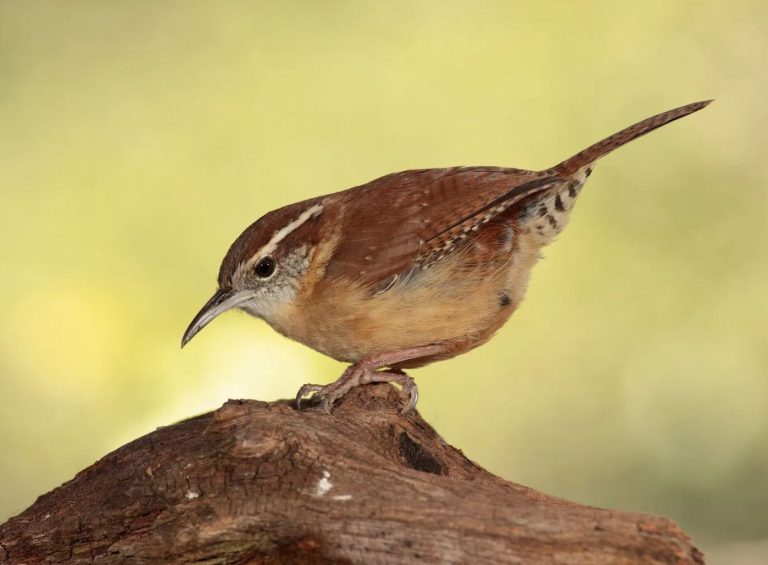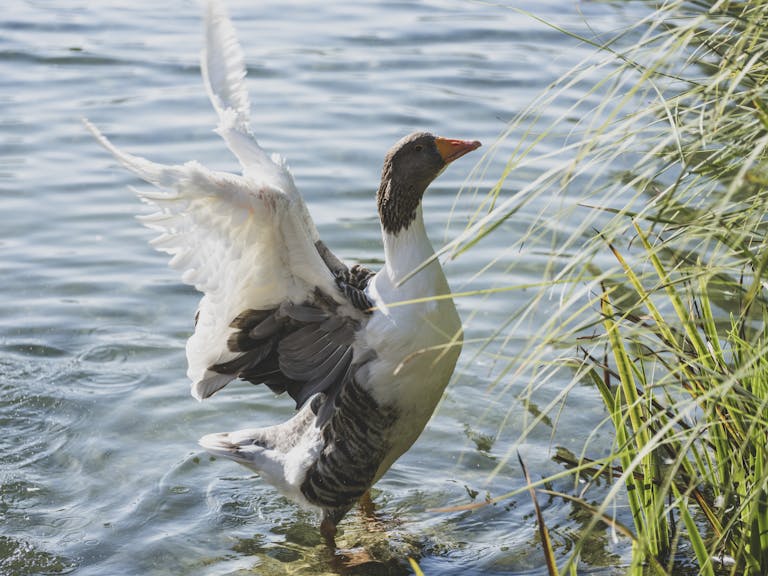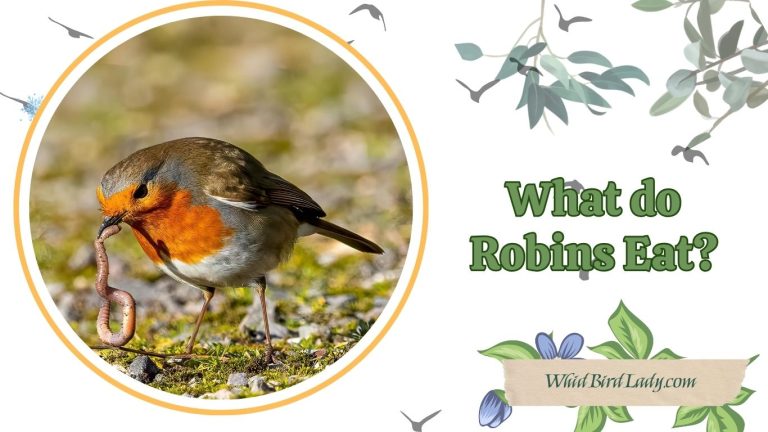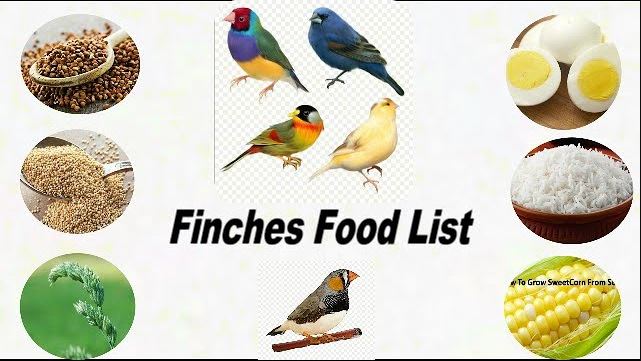What Do Ducks Eat? The Complete Guide to a Duck’s Diet (With Pictures!)
Ducks are some of the most charming and commonly seen birds in backyards, parks, and wetlands across the globe. Whether you’re a duck owner, bird enthusiast, or someone who enjoys feeding ducks at the local pond, you’ve probably asked yourself: What do ducks eat? Understanding their diet is essential not just for their health, but also to avoid feeding them harmful foods.
In this complete guide, we’ll explore everything you need to know about ducks’ food preferences—from what they eat in the wild to safe treats you can offer in your backyard. Plus, we’ve included helpful pictures and tips for feeding ducks responsibly.
What Do Ducks Eat in the Wild?
In the wild, ducks are opportunistic omnivores. They forage for a wide range of natural food sources, depending on what’s available in their habitat.
Common wild duck foods:
- Insects and larvae: Beetles, dragonfly nymphs, worms, and mosquito larvae.
- Aquatic plants: Duckweed, pondweed, and water lilies.
- Small fish and crustaceans: Minnows, snails, and small crayfish.
- Grains and seeds: From native grasses and aquatic plants.
- Fruits and nuts: Berries, acorns, and seeds fallen from trees.
Ducks use their bills to sift through water, mud, and grass. Their diet naturally balances protein from animals and nutrients from plants—ideal for growth and energy.
What Do Ducks Eat in Captivity?
Domestic ducks and pet ducks have similar dietary needs, but they depend entirely on their caretakers. It’s crucial to provide them with a balanced, nutrient-rich diet.
Staple duck foods for captive ducks:
- Commercial duck pellets: Specially formulated to provide all essential nutrients.
- Grains: Cracked corn, oats, barley, and wheat.
- Vegetables: Chopped lettuce, spinach, kale, and peas.
- Fruits (in moderation): Apples (no seeds), berries, melons, and bananas.
- Protein sources: Mealworms, boiled eggs, or small amounts of cooked fish.
Avoid feeding ducks only grains or bread, as it leads to nutritional deficiencies.
What Do Baby Ducks Eat?
Ducklings require high-protein diets to support rapid growth in the first weeks of life.
Recommended duckling food:
- Starter feed (non-medicated): With 18–20% protein.
- Boiled eggs: Mashed and easy to digest.
- Chopped greens: Start with small amounts of spinach or lettuce after the first week.
- Mealworms: A protein-rich treat for baby ducks.
Important: Ducklings should never be fed bread, chips, or junk food. Also, always provide clean, shallow water during feeding to prevent choking.
Ducks Food: What You Can (and Can’t) Feed Them
When it comes to ducks food, not everything you might consider safe is actually good for them.
✅ Safe foods for ducks:
| Category | Examples |
|---|---|
| Grains | Cracked corn, oats, rice (cooked), wheat |
| Vegetables | Peas, lettuce, cucumber, zucchini, spinach |
| Fruits | Berries, melon, banana, apples (seedless) |
| Protein | Mealworms, small fish, boiled egg, shrimp |
| Pellets | Waterfowl or duck-specific feed |
❌ Foods to avoid:
- Bread: Fills them up without nutrients; causes “angel wing.”
- Junk food: Chips, candy, cookies—harmful to digestion.
- Onions and garlic: Toxic in large quantities.
- Avocado: Contains persin, which is toxic to birds.
- Raw potato skins or green potatoes: Contain solanine.
Best Foods for Feeding Ducks at the Park
Raising ducks at home can be a rewarding experience, especially when you see them waddling happily and laying fresh eggs. But their health and productivity depend heavily on how well you manage their diet. Ducks may not be as demanding as other farm animals, but they do have specific nutritional needs.
Here’s how to keep your backyard ducks healthy and thriving:
1. Provide Fresh, Clean Water Daily
Ducks need constant access to clean water—not just for drinking, but also to help them swallow dry food and rinse off their bills after eating. Unlike chickens, ducks tend to make a mess when eating, so having a deep-enough water bowl where they can dip their heads is essential.
- Use heavy, tip-resistant water containers.
- Clean waterers daily to prevent algae and bacteria buildup.
- In winter, consider a heated water bowl to prevent freezing.
Pro Tip: Ducks may splash a lot, so keep water and food dishes separate to avoid soggy feed.
2. Offer Grit or Oyster Shells
Ducks, like chickens, don’t have teeth. Instead, they rely on grit—small stones or sand particles—to help grind and digest their food in their gizzards.
- Free-ranging ducks usually find grit naturally.
- Confined ducks need supplemental grit provided in a separate bowl.
- Oyster shells are a great calcium source for laying hens and can be given alongside grit.
Note: Calcium is crucial for strong eggshells. Without it, ducks may lay thin or misshapen eggs.
3. Keep Feeding Areas Clean and Dry
Ducks are messy eaters. Leftover, wet, or moldy food can lead to serious health issues such as aspergillosis (a respiratory disease) or digestive problems.
- Feed only what they can finish in 15–30 minutes.
- Remove leftover food, especially in hot or humid weather.
- Raise feeders off the ground to reduce contamination from mud or droppings.
Moldy or spoiled feed is one of the top causes of illness in backyard ducks—always store feed in a cool, dry place.
4. Adjust Diet During Molting and Cold Weather
Ducks molt (shed old feathers and grow new ones) at least once a year, typically in late summer or fall. During this time, they need more protein to support feather regrowth.
- Switch to a higher-protein feed (18–20%) during molting.
- Add snacks like mealworms, scrambled eggs, or black soldier fly larvae for extra protein.
- In winter, supplement with cracked corn or sunflower seeds to boost energy and fat intake.
Winter ducks burn more calories to stay warm—make sure they’re well-fed and sheltered.
5. Let Them Forage Safely
Ducks are natural foragers and will happily graze on grass, weeds, bugs, and seeds. Allowing them to roam in your yard or garden is not only a great way to supplement their diet naturally but also provides exercise and mental stimulation.
- Ensure the area is pesticide- and herbicide-free.
- Supervise free-ranging to protect against predators.
- Rotate foraging areas to prevent overgrazing and soil depletion.
Ducks love dandelions, clover, and even small slugs—they’re great for natural pest control!
6. Stick to a Routine
Ducks thrive on consistency. Feed them at the same times every day, in the same location if possible. Establishing a routine not only helps reduce waste but also prevents behavioral issues like aggression or anxiety.
- Feed twice a day (morning and evening) for adult ducks.
- Provide snacks or treats in moderation, no more than 10% of their daily intake.
A predictable routine also makes it easier to spot changes in appetite, which can be an early sign of illness.
Final Word for Duck Keepers:
Happy ducks = healthy ducks. By providing fresh water, appropriate ducks food, and a clean, enriching environment, you’ll ensure your backyard flock stays in top condition all year long.
Feeding Tips for Backyard Duck Keepers
If you raise ducks at home, keeping their diet consistent and safe is key to health and egg production.
Key tips:
- Fresh water daily: Ducks need water to help them swallow and clean their bills.
- Grit: Provide small pebbles or oyster shell if they free-range less.
- Clean feeding stations: Moldy food = sick ducks.
- Supplement during molting or winter: Extra protein or fat may be needed.
Pro tip: Ducks love foraging. Let them roam in safe, pesticide-free areas for extra nutrition.
Seasonal Diet Variations
Just like other animals, ducks experience natural changes in their dietary needs throughout the year. These changes are driven by temperature, food availability, breeding cycles, and energy demands.
While wild ducks instinctively adapt by changing their foraging habits, domestic or backyard ducks depend on you to adjust their food sources accordingly. Let’s break it down by season:
Spring and Summer: Growth, Reproduction, and Foraging Abundance
Warmer months bring a surge in food availability, making it a critical time for both wild and domestic ducks to replenish nutrients, support egg-laying, and raise ducklings.
Key foods during spring/summer:
- Insects and larvae: Mosquito larvae, beetles, caterpillars
- Aquatic vegetation: Duckweed, pondweed, algae
- Tender greens: Grass, clover, dandelion leaves
- Protein-rich foods: Especially important for laying hens and growing ducklings
Special considerations:
- Ducklings hatch in spring and need a high-protein starter feed (18–20%) for healthy development.
- Increase calcium intake for laying ducks (via crushed oyster shells).
- Provide extra hydration, as ducks eat more in hot weather and require water for thermoregulation.
Spring is a demanding time—don’t be surprised if ducks eat more than usual, especially females during peak laying season.
Fall: Fueling Up for Molting and Migration
Fall is a time of transition. Wild ducks prepare for migration, while domestic ducks undergo molting, a process where they shed old feathers and grow new ones. This requires higher protein and energy levels.
Fall diet features:
- Acorns, nuts, and seeds: Rich in fats and carbs for energy storage
- Grains: Cracked corn, wheat, barley
- Protein boost: Via insects, worms, or protein supplements like mealworms
- Foraged plant material: Fallen fruit, leafy greens, and tubers
What to do:
- Increase protein content in feed to 18–20% during molting.
- Offer treats like scrambled eggs or black soldier fly larvae to support feather regrowth.
- Provide more calories to help ducks build fat reserves for colder weather ahead.
Molting ducks may reduce activity or stop laying eggs—this is natural. Focus on nutrition, not production.
Winter: Keeping Warm With Calories
In cold months, natural food sources become scarce. Wild ducks rely on stored fat and leftover vegetation. Domestic ducks, especially those not free-ranging, need your help to stay warm and nourished.
Winter feeding essentials:
- High-energy grains: Cracked corn, oats, sorghum
- Leafy greens: Spinach, kale, chopped cabbage (as fresh forage may be unavailable)
- Fat-rich seeds: Sunflower seeds (hulled), flaxseeds
- Warm mash or soaked pellets: Easier to digest in freezing temperatures
Management tips:
- Feed slightly more than usual—ducks burn extra calories to stay warm.
- Protect feed from freezing or getting wet.
- Use deep bedding or heated shelters to reduce calorie loss through shivering.
Bonus Tip: Add a small amount of whole corn at dusk—it digests slowly overnight and helps ducks stay warm.
Recap: What Ducks Eat, Season by Season
| Season | Key Dietary Focus | Adjustments for Captive Ducks |
|---|---|---|
| Spring | High protein, greens, hydration | Starter feed for ducklings, oyster shell for layers |
| Summer | Insects, aquatic plants | Increase water access, shade feeding stations |
| Fall | Seeds, nuts, protein | Support molting, increase fat and protein intake |
| Winter | Grains, leafy greens, fat | Provide warm, energy-rich food and shelter |
Bottom line: Ducks’ dietary needs shift with nature’s cycles. Whether you care for wild visitors or backyard birds, understanding these seasonal variations will help you provide appropriate ducks food all year long—keeping them happy, healthy, and productive.
FAQ: Duck Feeding Questions Answered
Q: Can ducks eat rice?
A: Yes, both cooked and uncooked rice (plain) are safe and enjoyed by ducks.
Q: Is it okay to feed ducks bread?
A: No. Bread lacks nutrition and can lead to deformities and polluted waterways.
Q: What’s the best duck food for pets?
A: Commercial waterfowl pellets plus fresh veggies, grains, and occasional protein.
Q: Do ducks need grit?
A: Yes, especially if not free-ranging. Grit helps them digest food properly.
Q: Can ducks eat dog or cat food?
A: Occasionally in small amounts for extra protein, but not as a staple diet.
Final Thoughts
So, what do ducks eat? A whole lot more than bread! Whether they’re wild mallards or pampered backyard Pekins, ducks need a balanced blend of grains, greens, protein, and fresh water to thrive. Providing the right ducks food not only supports their health but ensures future generations of happy, healthy ducks.
Next time you head to the pond, skip the bread and bring some peas instead—your feathered friends will thank you.
Images are for illustration purposes. Always consult a vet or waterfowl specialist for diet advice tailored to your specific duck species.
If you enjoyed this guide, be sure to check out our in-depth article on What Do Woodpeckers Eat? (And How to Attract Them With the Right Food)

